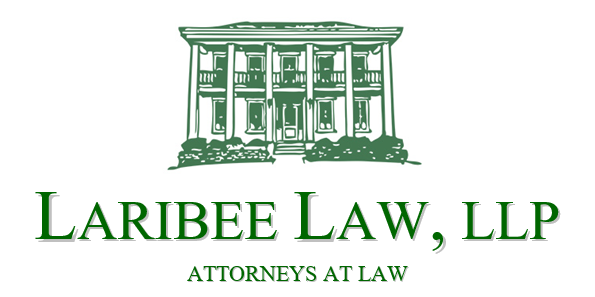Life Estates: The Basics
Michael L. Laribee, Esq.
What is a Life Estate?
A life estate is a type of interest in real property. It is most often used when an owner wants to transfer property to a third party, but retain exclusive possession of the property until their death.
A life estate actually creates two separate legal interests: a life estate interest and the remainder interest.
The party who holds the life estate interest is called the “life tenant.” The life tenant has the exclusive right to possess and control the property during his or her lifetime. The person who holds the remainder interest is called the “remainderman.”
The remainderman automatically acquires the full title and possession of the property when the life tenant dies. However, the remainderman does not have the right to possess, use, or control the property until the life tenant’s death. Likewise, creditors of the remainderman cannot reach the property or interfere with the life tenant’s use.
The life tenant has the duty to pay all ordinary real estate taxes and insurance for the property during her life tenancy. He or she must also maintain the property and make all ordinary repairs. However, the heirs of a life tenant have no right to recover from the remainderman the value of any improvements made during the life estate. Further, the life tenant cannot destroy or waste the property or do anything that will diminish the property’s value.
Most life estates are created by filing a deed. The deed may simply name a life tenant and the remainderman who takes title to the property upon the death of the life tenant. Or, a property owner may grant the remainder interest to another person while reserving a life estate for themselves. Life estates can also be established in a last will and testament. In this case, the property is bequeathed to a beneficiary subject to the life use by another person.
There are several advantages of life estates, below are a few examples:
- They are simple and inexpensive to create.
- Life tenants can also lease the property to others if desired.
- Owners merely record a deed with the county recorder’s office.
- Rents received during the existence of a life estate belong to a life tenant.
- Life estates also avoid probate court administration if they are established before the death of the owner.
- There is also favorable tax treatment upon the death of a life tenant as the remainderman enjoys a stepped-up tax basis for capital gains purposes.
However, there are some disadvantages to life estates that are noted below:
- A life estate is irrevocable unless the life tenant and remainderman agree to transfer the property back to the owner.
- Litigation between the life tenant and the remainderman is possible if the life tenant wastes or damages the property.
- A life estate may also affect the ability of the life tenant to apply for Medicaid benefits as it may be considered an asset with monetary value. This may frustrate estate plans designed to protect assets against long-term skilled nursing costs.
It is important to consult with a trusted real estate attorney before granting a life estate in your property.The experienced attornies at Laribee & Hertrick, LLP in Medina County Ohio can review your unique facts and circumstances and steer you away from possible negative consequences.
This article is intended to provide general information about the law. It is not intended to give legal advice. Readers are urged to seek advice from an attorney regarding their specific issues and rights. To contact an attorney at Laribee & Hertrick, LLP, request more information about our legal services today.


